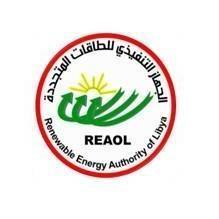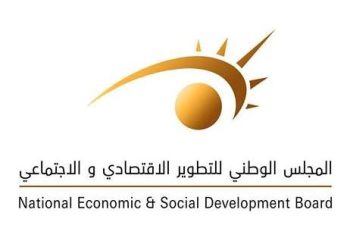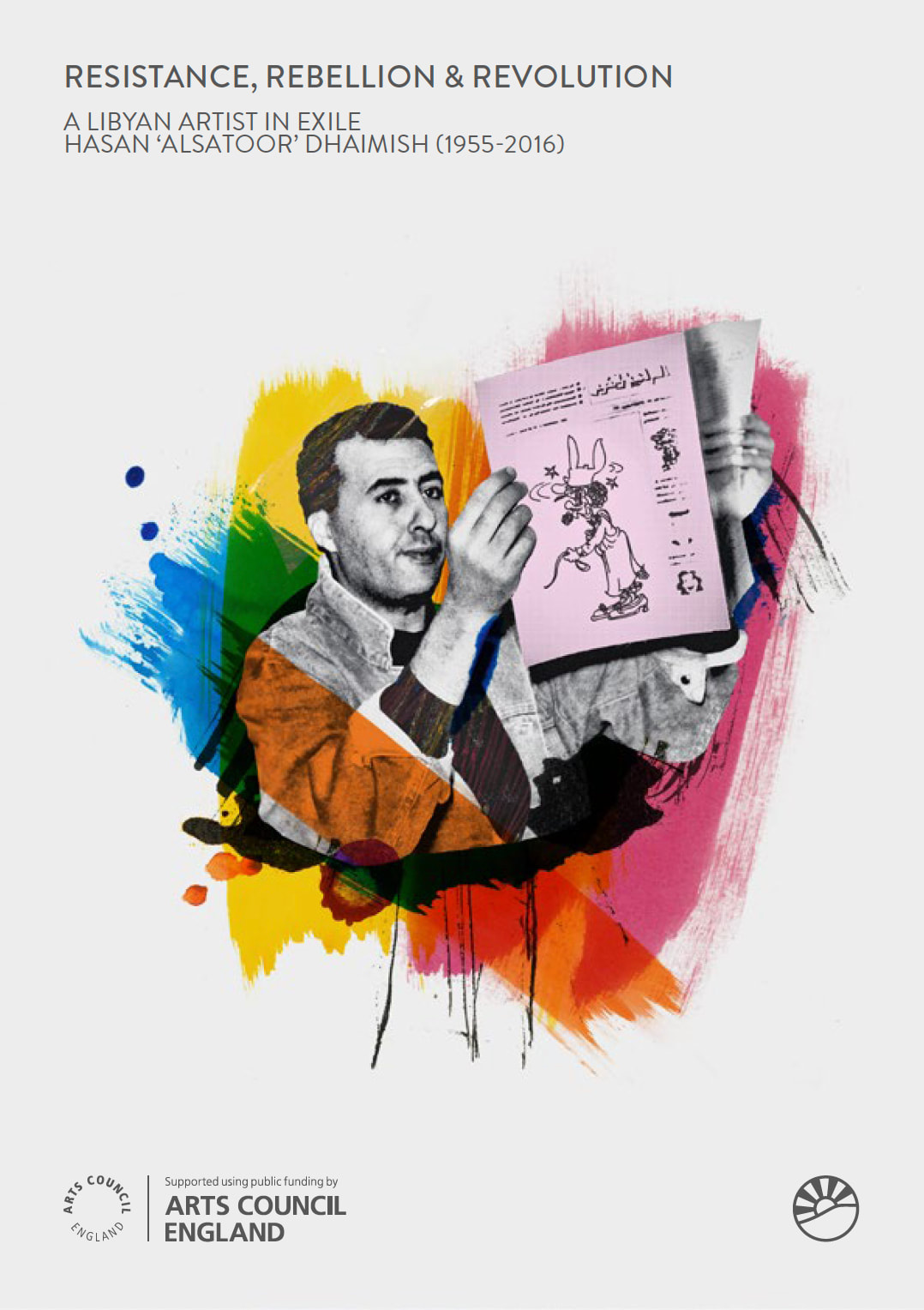By Sami Zaptia.

London, 28 July 2021:
Libya’s 2018-2030 Renewable Energy Strategic Plan is ready for implementation and studies are complete and tenders have been put out, Hamid Sherwali, head of the Renewable Energy Authority of Libya (REAoL) said.
Sherwali was speaking during a webinar organized by the Department for International Trade (DIT) held yesterday for British businesses. The webinar aims to help British companies enter the Libyan (and African) market. A DIT expert gave a comprehensive roundup of the Renewable Energy (RE) market in Africa, potential markets and entry strategies.
The inefficiency of the Electricity Company
Sherwali lamented the inefficiency of the General Electricity Company of Libya (GECOL) saying that with peak electricity demand reaching 7,000 MW, it leaves a 2,000 MW deficit which converts to 2–3-hour power cuts or up to 12 hours during peak summer.
Wide use of diesel generators
This has led to the wide use of diesel generators which have caused air, noise, and visual pollution as well as a run on the supply of diesel, its price hike and its black-market.
Double state subsidies to GECOL
He said GECOL was loss-making and that the cost of electricity from fossil fuels is very high with the government subsidising electricity twice, once by reducing the tariff to consumers and the second through subsidising the fuel that GECOL uses.
No renewable energy production tied to electricity grid
Sherwali said that unfortunately, there is no renewable energy production currently inputting into the national electricity grid. There are, however, 350 off-grid small generating units in some rural areas, 20 small off-grid units providing electricity to health centres and 10 to hospitals – implemented in cooperation of the UNDP.
The Strategic Plan is ready to increase Libya’s RE production
The Strategic Plan is a mixed and least cost expansive RE plan ready to increase Libya’s RE production said Sherwali. It includes a 5,000 MW PV/wind energy generation plan aiming to achieve a 20 percent penetration rate by 2030. He admitted that most other Arab states had not reached their RE plans.
Future vision and investment formats
Sherwali said that the future aim is to use a Public Private Partnership (PPP) format using either Build, Operate, Transfer (BOT) or Build Own Operate (BOO) schemes. This would involve
[restrict paid=”true”] creating a new investment company – a Renewable Energy Development Company (REDEVCO) under Libya’s commercial law to allow for PPP projects. This may also go on to create the widely used Special Purpose Vehicles (SPV) to facilitate PPP investments.
He said the aim in the future is to decrease state ownership in favour of the private sector.
The head of REAoL said already numerous sites in the west, east, north and south were ready for investment with feasibility studies already concluded. These included 3 sites set for a total of 150 MW projects – expandable to 450 MW. [/restrict]
Why is Libya so behind in the RE sector?
Asked by Libya Herald during the Q&A session as to why was Libya so behind in the RE sector, Sherwali replied that although Libya had started its RE activity in 1978 and REAoL was created in 2007, it did not progress.
He said Libya’s first project was in 2009-10 which made it one of the few countries in the region to start at that time. However, he said Libya’s 2011 revolution stalled progress on these projects. With Libya’s first RE Strategic Plan in 2010 and its second in 2017, ‘‘We started early, but we did not continue’’, he concluded.









